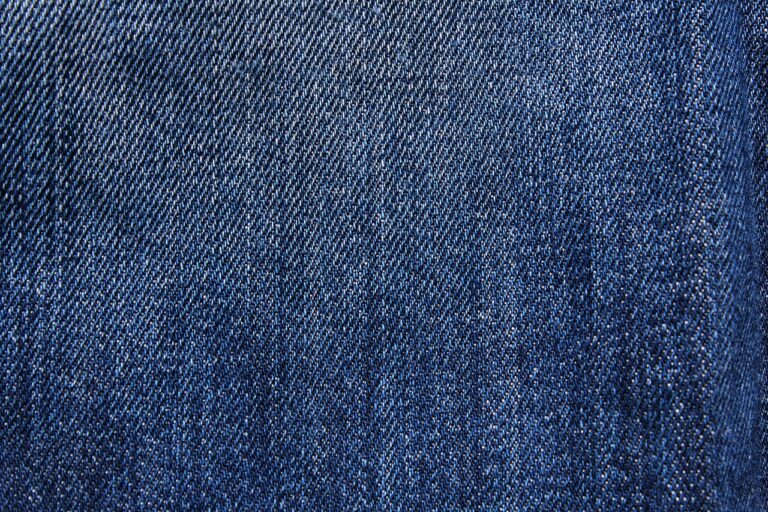Fashion and Technology: The Impact of Data Analytics
The evolution of technology has undeniably revolutionized the fashion industry. From the rise of e-commerce platforms allowing consumers to shop anytime, anywhere to the integration of augmented reality in virtual try-on experiences, technology has profoundly altered the way we engage with fashion. With the implementation of 3D printing for producing intricate designs and the utilization of artificial intelligence to personalize shopping recommendations, fashion brands are continuously exploring innovative ways to enhance the customer experience through technology.
Moreover, the utilization of big data analytics has revolutionized the way fashion retailers operate. By harnessing customer data, companies can gain valuable insights into consumer preferences, trends, and behaviors. This data-driven approach enables fashion brands to make informed decisions regarding inventory management, marketing strategies, and product development, ultimately leading to more efficient and personalized experiences for customers. As technology continues to advance, the intersection of fashion and technology is poised to shape the industry’s future in unprecedented ways.
Data Analytics in the Fashion Industry
Data analytics plays a pivotal role in the fashion industry, providing valuable insights and enabling brands to make informed decisions. By analyzing data such as customer preferences, buying patterns, and market trends, fashion companies can tailor their strategies to meet the demands of the ever-changing market. This data-driven approach not only helps in understanding consumer behavior but also in predicting future trends, thereby giving brands a competitive edge.
Moreover, data analytics allows fashion brands to optimize their inventory management, leading to more efficient production processes and reduced costs. By using data to forecast demand and monitor stock levels, companies can minimize stockouts and overstock situations, ultimately improving customer satisfaction and maximizing profitability. Harnessing the power of data analytics enables fashion businesses to stay agile in a fast-paced industry and adapt quickly to shifting market dynamics.
What is data analytics in the fashion industry?
Data analytics in the fashion industry refers to the process of analyzing large sets of data to gain insights and make informed decisions related to trends, consumer preferences, sales forecasting, and more.
How is data analytics used in the fashion industry?
Data analytics is used in the fashion industry to analyze customer behavior, track sales performance, optimize inventory management, personalize marketing strategies, and enhance overall business operations.
What are the benefits of incorporating data analytics in the fashion industry?
Some of the benefits of using data analytics in the fashion industry include improved decision-making, enhanced customer experience, increased operational efficiency, better inventory management, and the ability to stay ahead of trends.
How can fashion companies implement data analytics into their business strategies?
Fashion companies can implement data analytics into their business strategies by collecting relevant data from various sources, using analytics tools to analyze the data, interpreting the insights gained, and applying them to make strategic decisions.
What role does technology play in the intersection of fashion and data analytics?
Technology plays a crucial role in the intersection of fashion and data analytics by providing the tools and platforms needed to collect, analyze, and interpret data effectively. Fashion companies can leverage technology to streamline their processes and gain a competitive edge in the industry.





